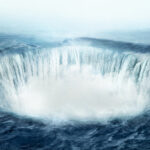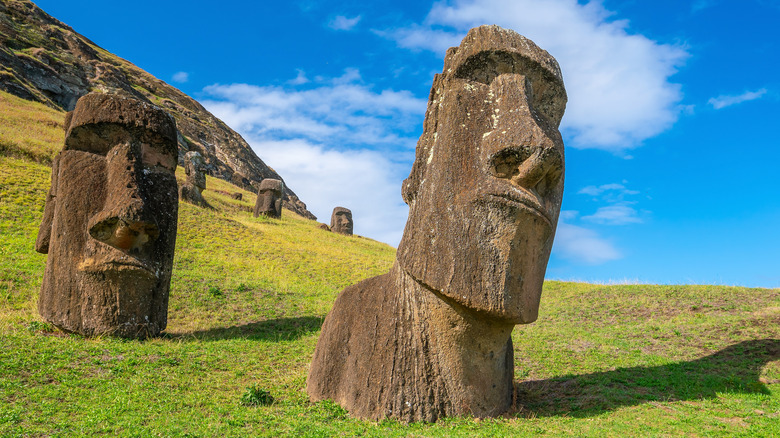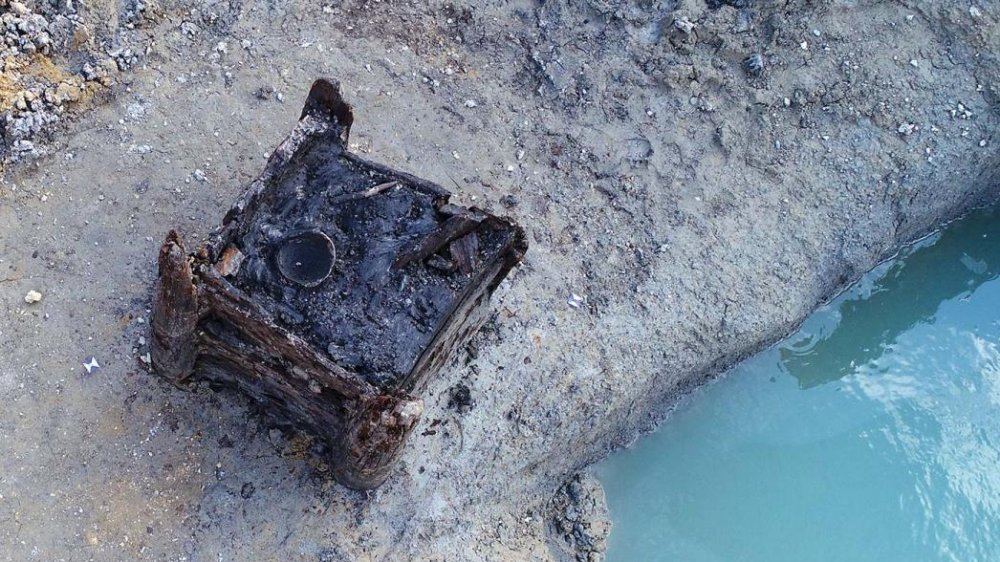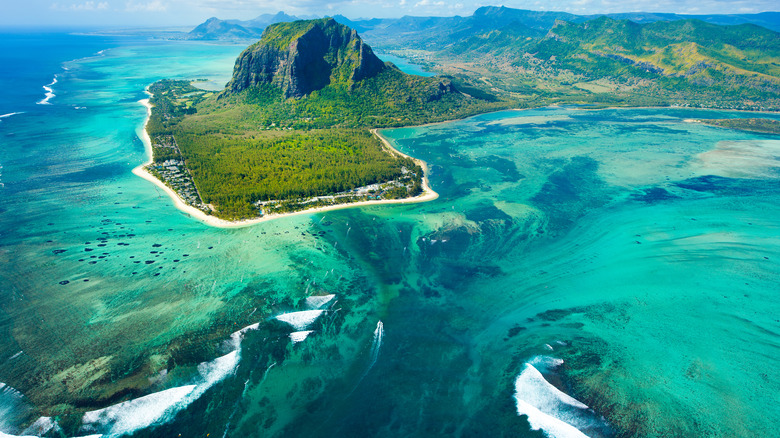
The Natural Phenomenon Of Underwater Waterfalls Explained
With the last few weeks of summer in full swing, nature escapes have grown in popularity, and it’s no wonder why — natural elements invoke an air of tranquility, adventure, and exploration. Some people will flock to sandy beaches. Others will take to campgrounds or the rolling hills of local city parks. And some truly adventurous families might close out their summer by visiting one of the hundreds of breathtaking waterfalls cascading over rocky ledges all across the world.
Waterfalls are great examples of how simplistic beauty can create awe-inspiring natural sights. Interestingly, they are both the product and the cause of erosion (via National Geographic). Like other bodies of water, they flow from soft to hard rock, but what makes them unique is their drop from above.
Waterfalls can glide downhill for thousands of feet before touching the surface of a nearby water reservoir and creating a frothy espresso-like foam at the bottom. On land, the tallest waterfall is Angel Falls, which features a jaw-dropping 3,212-foot drop (via Live Science). That’s pretty impressive, but did you know that the tallest waterfalls on Earth are happening underwater — thousands of feet beneath the ocean’s surface?
Underwater waterfalls are the result of water currents, rocky ledges, and extreme temperatures
The ocean is truly a world of its own, complete with mountains, valleys, and even waterfalls (via National Geographic). In fact, the largest waterfall on the entire planet is the Denmark Strait, which flows at approximately 123 million cubic feet per second (via National Ocean Service). What makes this natural phenomenon so impressive is the fact that it serves as evidence of the mysterious world underfoot. Were it not for deep-sea cataracts created by the process of convection, the Denmark Strait and other underwater waterfalls could never exist (via Woods Hole Oceanographic Institution).
In brief, underwater waterfalls occur when currents carry dense, cold water beneath the rocks and ledges of the ocean floor. Due to the fact that the cold water is dense, warm water currents flow over it, causing it to flow in a downward direction that gives way to an epic underwater cascade. The Denmark Strait is one example of a waterfall flowing thousands of feet beneath the ocean’s surface, and it is currently believed to be the largest on Earth, boasting a two-mile plunge. But it is not a lone phenomenon — several stunning examples exist in oceans all across the globe.

Why Easter Island Has No Trees

Who Listens To The Pope's Confession?

John Hinckley Jr: The Reason Ronald Reagan's Attempted Assassin Was Found Not Guilty

The Mystery Of The Lost Victorio Peak Treasure

How Heaven's Gate Used The Promise Of UFOs To Lure Their Victims

This Gross Ingredient Was Once Used As A Popular Teeth Whitener

Does The Bible Ever Mention Mary Magdalene's Death?

What It's Really Like To Live In The Smallest Country In The World

Why Big Ben Almost Didn't Exist

Archaeologists Discover World's Oldest Wooden Structure

























